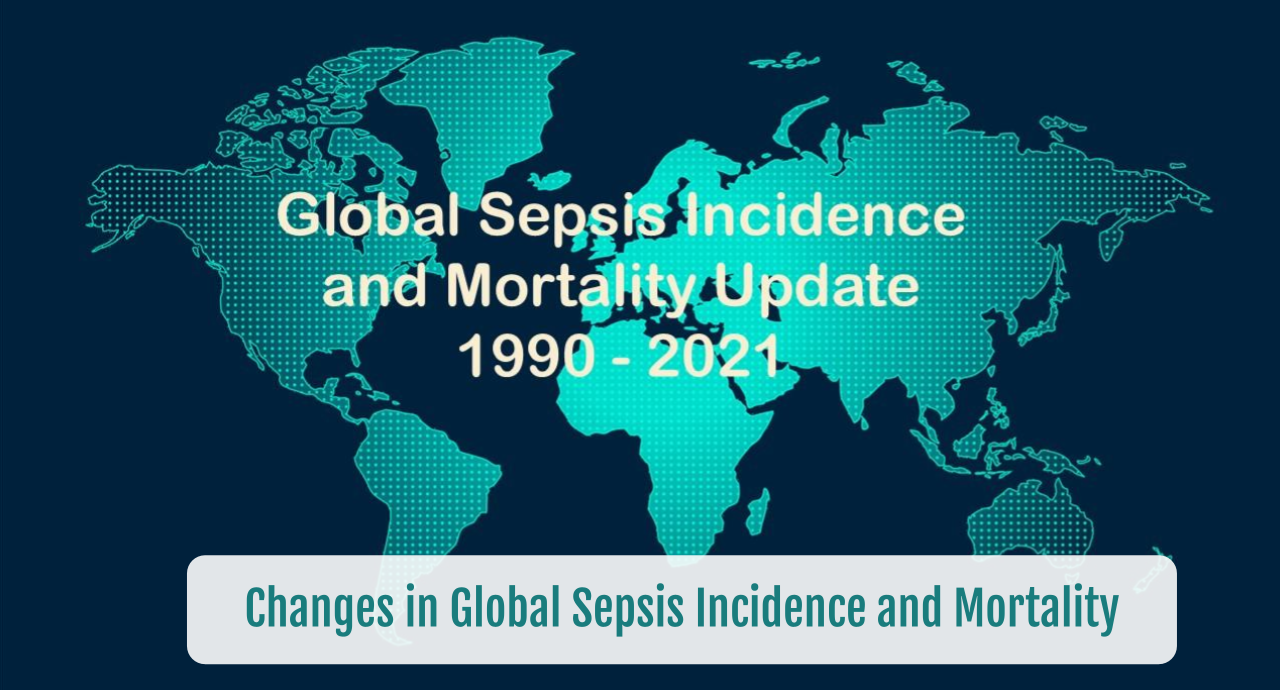Smelling Sepsis with Electronic Nose (eNose) Technology
SUMMARY:
-
Microorganisms can release volatile organic compounds (VOCs) released through exhaled air, producing unique odors.
-
Exhaled breath analysis is a likely and promising alternative to disease detection.
-
eNose measurements can identify sepsis among patients with a suspected infection.
REVIEW:
-
Human exhaled air contains trace amounts of VOCs.
-
A Breath Biopsy can determine VOCs from exhaled air.
-
Over 3,000 VOCs have been identified in breath samples.
-
VOC offers a good alternative to current infection identification.
- VOC has high accuracy and precision to predict presence of bacterial and fungal organisms.

-
- VOC assessments have the potential for large scale early diagnosis and long term monitoring of effectiveness.
-
- VOC clinical uses include:
-
-
- Early cancer screening
- Pneumonia
- Upper respiratory tract infections
- Diabetes mellitus
- Bacterial Pathogens
-
-
- VOC measurement options:
-
-
- Mass spectrometry
- Gas chromatography
- Cavity Ring-Down Spectroscopy
- All are expensive, hard to operate and not portable.
-
-
- eNose VOC analysis:
-
-
- Breath sample obtained
- Sample exposed to multiple specific sensor array for precision detection
- Pattern recognition algorithm to detect identity and quantity of various gases/odors
- Advantages:
-
-
-
-
- Low technical cost
- Excellent discriminating capabilities
- Miniaturization
- Simple operation
- Easy integration
-
-
-
-
- Challenges:
- Performance accuracy over time may diminish due to deviation of algorithm over time
- Challenges:
-
-
- Sensors include:
-
-
- Chemical Resistance Sensors
- Piezoelectric sensors
- Electrochemical Sensors
- Optical Sensors
-

- Breath Biopsy VOC can distinguish various infections from bacteria, viruses and fungi with high accuracy and precision.
-
- 161 VOCs significantly produced in neonates and infants with sepsis.
- The Smell of Sepsis
-
- Van der Aart et al American Journal of Emergency Medicine 202588:126-133

-
- 160 Emergency Department patients
- Correctly classified sepsis in ~70% of cases
- AUC 0.78 vs NEWS2 AUC of 0.55
- Sensitivity 72%
- Specificity 73%
- PPV 58%
- NPV 84%
CONCLUSIONS:
-
In the pursuit of rapid sepsis identification, electronic nose technology is evolving as a possible clinical application.
-
The widespread application of eNose, including sepsis, appears to be inherently safe, noninvasive and convenient.
-
Further development and validation of the eNose system is required at this point.
To receive articles like these in your Inbox, you can subscribe to Sepsis Program Optimization Insights.
Erkan Hassan is the Co-Founder & Chief Clinical Officer of Sepsis Program Optimization where he designs & oversees the implementation of solutions to optimize sepsis programs.
To discuss your organization’s Barriers of Effective Sepsis Care, contact Erkan by phone (844) 4SEPSIS (844-473-7747), email (erkan@spo.icu), or video chat.





